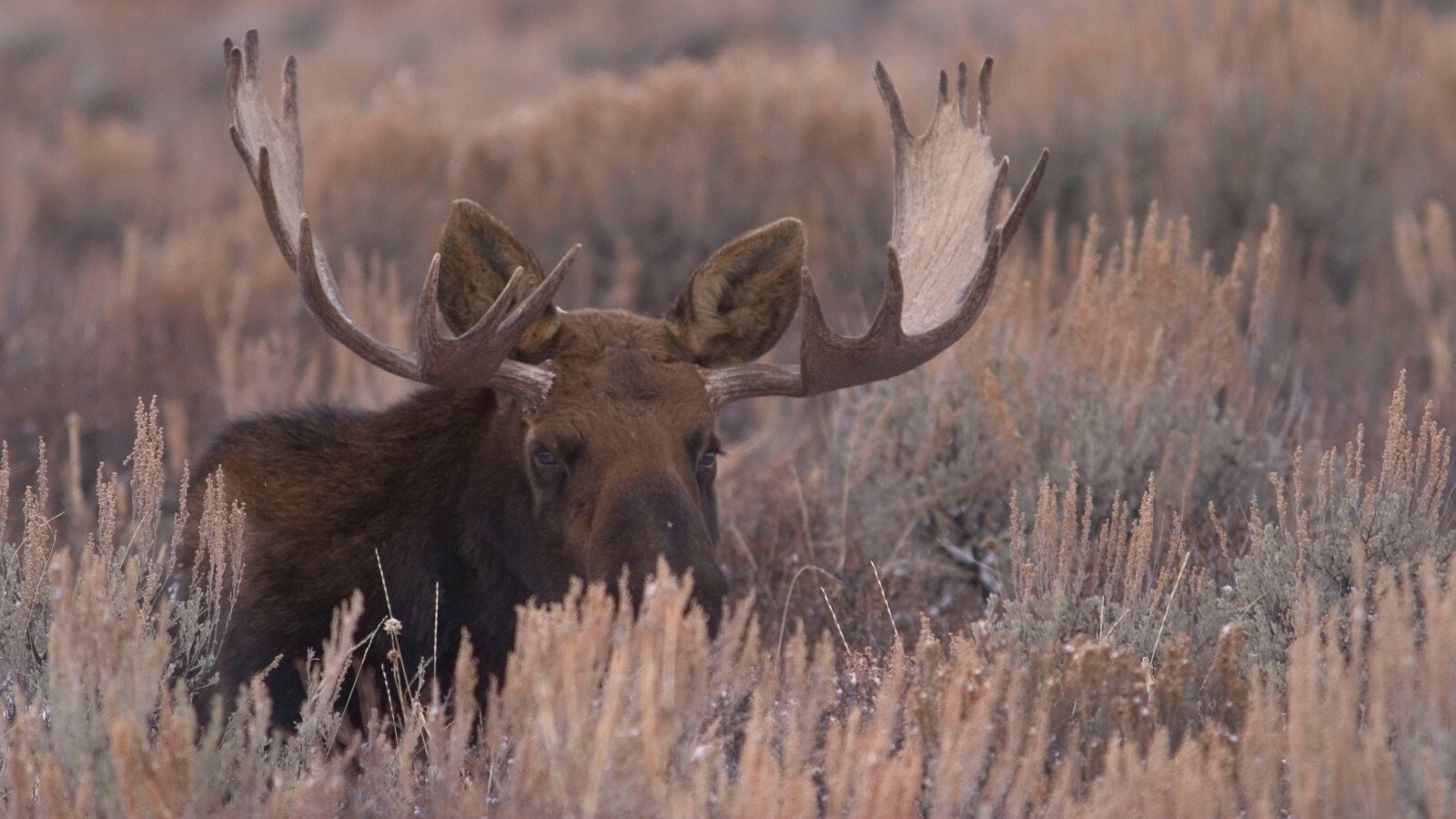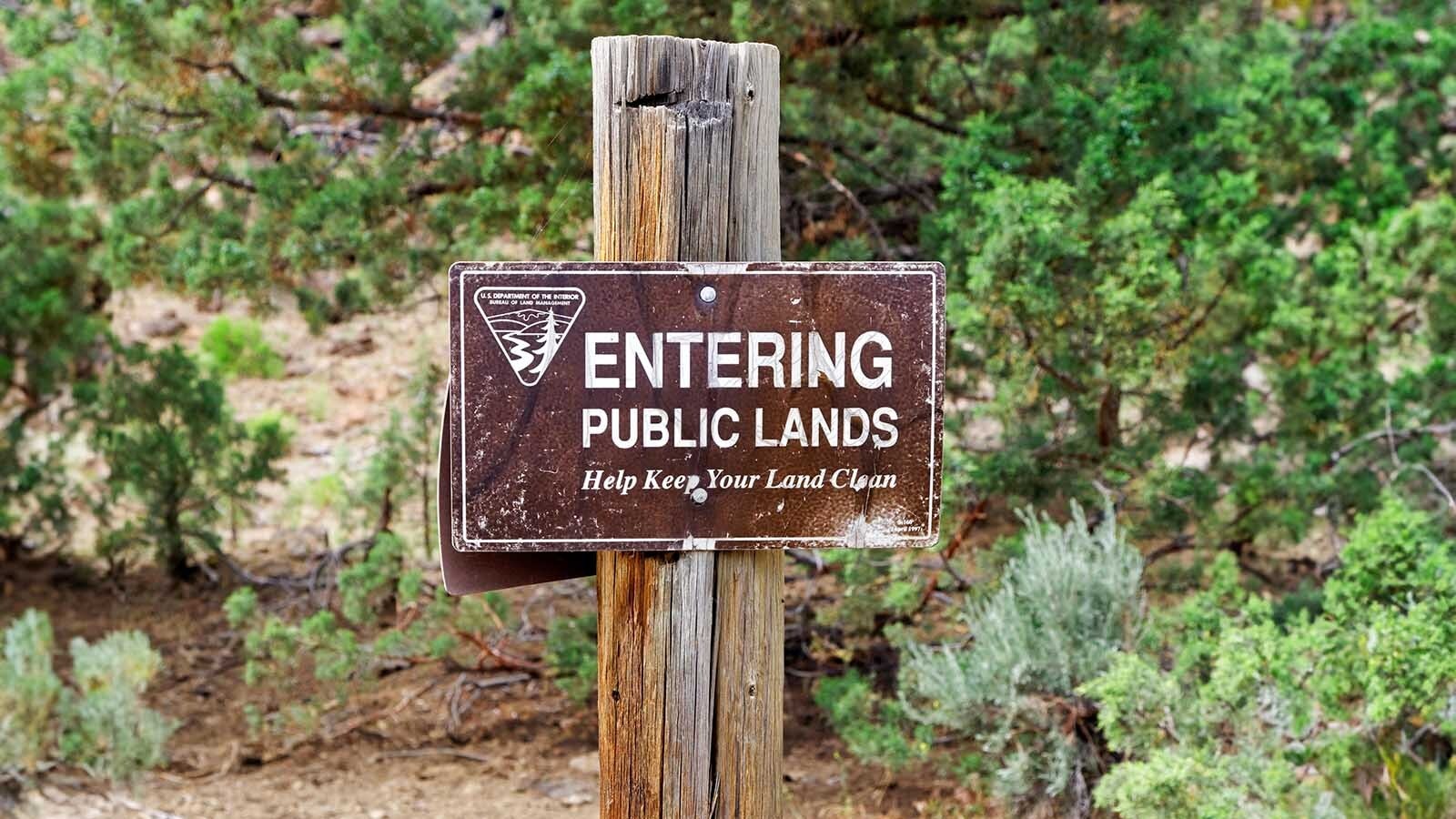Beginning in the fall of 2023, more Wyoming residents will have the opportunity to chance to win big game hunting tags, thanks to a new limiting the licenses available to out-of-state hunters.
Next fall, 90% of the licenses for the “big five” wild game animals – bighorn sheep, moose, mountain goat, grizzly bears and wild bison – will be allocated for Wyoming residents, leaving only 10% of the licenses for non-resident hunters, according to the state Game and Fish Department.
“These are some of the most highly sought-after licenses that we offer in Wyoming and throughout the West, so the demand is incredibly high for them,” said department spokeswoman Sara DiRienzo said. “People wait decades in order to draw one of these tags, both resident and non-resident hunters.”
The change is outlined in a new law that increased the number of big game licenses available for Wyoming residents from 80% of all licenses to 90%.
The Wyoming Wildlife Taskforce made the suggestion to the Legislature last year to change the allocation numbers. The Legislature adopted the change during its budget session earlier in 2022.
DiRienzo said the department will lose about $200,000 because of the change in allocation because hunting tags sold to non-resident hunters can be significantly more expensive than those sold to resident hunters. For example, a non-resident hunting tag for any wild bison is $4,402, while the resident rate is $414.
“The decrease (in revenue) to (the) Game and Fish (Department) was so small, it wasn’t much of a concern,” she said.
She added there will be an estimated 100 fewer licenses available for non-residents next year, but the number does fluctuate, depending on the populations of animals.
It should be noted that although grizzly bears are included on the “big five” wild game list, they are currently not allowed to be hunted due to their endangered status. However, they were included in the legislation, in case the hunts are one day allowed.
Since the reallocation law will not go into effect until July 1, the Game and Fish Department will have until Jan. 1, 2023 to implement the new rules, so hunters this fall will not be affected by the change.
Last month, the department made the decision to offer 11,000 fewer mule deer and pronghorn hunting licenses due to the continuing drought across the West.
The department estimated the 2021 post-hunt populations at 363,200 for pronghorns and 291,700 for mule deer.





